I find myself, recognizing that Ethereum is much more complicated than other ICOs. It’s history, although very short (it was founded in 2015) has not limited the fact that Ethereum has more potential for other uses than other ICOs. Which means that there is so much information on ETH. Today’s post is about the founders of Ethereum and who are the players behind the ICO.
As a reminder, most of my research is googled from various websites, such as Coindesk.com, Blockgeeks.com, digitaltrends.com, Wikipedia. And what I’ve done is share key highlights about what I found and provide some perspective or interpretation of the matter.
Last week’s Summary:
• Ethereum’s hard fork created Ethereum Classic (ETC) and Ethereum (ETH).
• Ethereum (ETH) has done a better job of growth, having maintained its place as the second largest ICO by market cap.
• Ethereum Classic (ETC) has grown but been unable to match ETH, having seen its 5th rank by market cap drop to 14th rank, over the 1.5 year period.
• Ethereum ETH has done a better job because the founder and the key developers have opted to join ETH instead of staying in ETC. And all of the new developments and updates are on ETH and not ETC.
• Ethereum ETC’s main players are mostly investors…and less developers, which limits its ADOPTIBILITY by other firms….e.g. JP Morgan will more than likely adopt ETH than ETC (as the currency of use, since the APPS and Platforms will be using ETH has the choice of currency.
• Ethereum is open to various types of hacks at the DAO level, which makes you aware that you need to avoid putting all of your eggs in one ICO.
• A core attribute of Ethereum is SMART CONTRACTS, which allows it to potentially revolutionize the way 3rd party data is being stored. Allowing for the data’s owner to control transparency and limits companies from exploiting your own personal data.
Question: Who is the founder of Ethereum? And who are the major players to be aware off in the Ethereum Space?
This weeks Summary:
The founder of Ethereum is Vitalik Buterin.
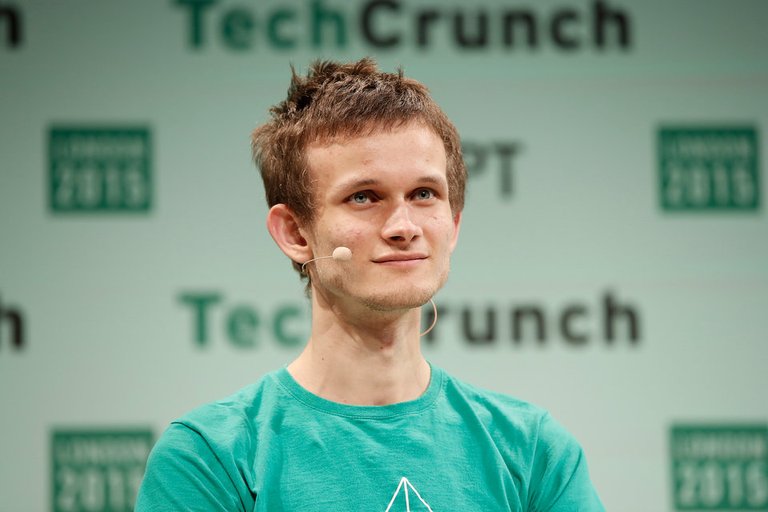
• Who is Vitalik? He is a Russian born but Canadian raised Programmer, who in addition to being the co-founder Ethereum, he also co-founded Bitcoin Magazine.
• Vitalik, is 24 years old, and learned about Bitcoin from his dad when he was 17. His dad is a computer programmer. In 2013, he spent time with programmers from other countries and then came back to Toronto where he drafted his proposal for Ethereum. He worked on Ethereum all 2014 and finally launched it officially in 2015.
• In 2013. Buterin, who was working at Bitcoin Magazine as editor, argued that bitcoin needed a scripting language for application development. But when there was a lack of agreement among the bitcoin community, he proposed development of a new platform with a more general scripting language, hence the creation of Ethereum, which he was drafting at the time (independently).
• There were four core founders of Ethereum. (1)Vitalik Buterin, (2) Mihai Alisie, (4) Anthony Di Iorio, (4) Charles Hoskins. Off the four Vitalik is really the brain behind the creation of Ethereum.
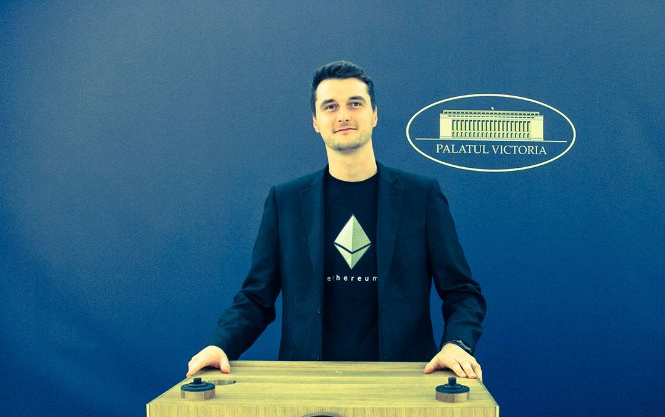
Mihai Alisie has gone on to do various things, including the Ethereum Foundation. He was one of the original guys on Bitcoin Magazine with Vitalik.
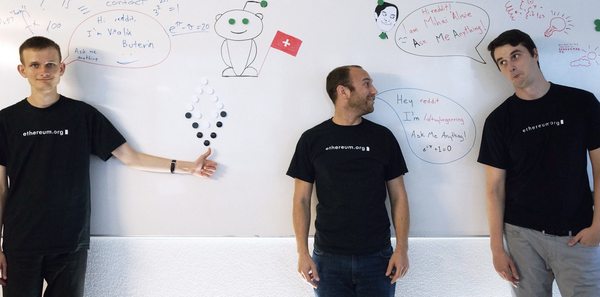
• The way I saw that group: Anthony Di Lorio provided the funds. Charles Hoskinson was the project manager. Mihai Alisie was the Ethereum community liaison, and probably the second behind Vitalik. Vitalik, is by far the brains behind Ethereum. Without any or all of the three, without Vitalik, there is no Ethereum.
• Anthony Di Orio, with a few hundred thousand from his prior enterprises, Di Iorio helped fund Ethereum's coding — and the legal counsel it hired--before the coin was taken public. Anthony has gone on to create JAXX (a cryptocurrency wallet) and several other firms.
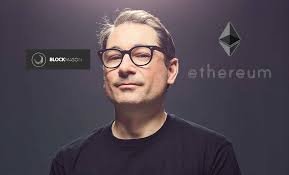
• There was a falling out between Vitalik and Charles. Charles Hoskinson wanted to accept venture capital and create a FOR-profit entity with a more formal governing structure. Buterin wanted to keep Ethereum a nonprofit organization with an open-source, decentralized governance. Hoskinson left Ethereum in June 2014, before the official launch. I’m not sure how much ETH he got from all of his endeavors. He has gone on to do other things.
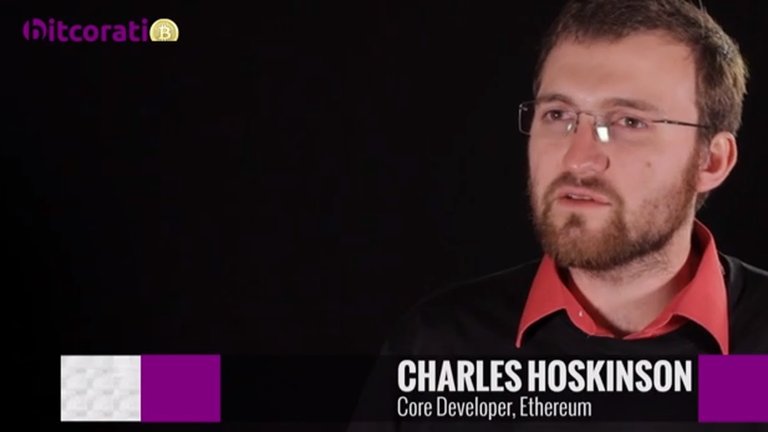
Creation of Enterprise Ethereum Alliance (EEA)
• In March 2017, various blockchain start-ups, research companies, and Fortune 500 companies created the Enterprise Ethereum Alliance (EEA) with 30 founding members.
• By May, the nonprofit organization had 116 enterprise members—including ConsenSys, CME Group, Cornell University's research group, Toyota Research Institute, Samsung SDS, Microsoft, Intel, J.P. Morgan, Cooley LLP, Merck KGaA, DTCC, Deloitte, Accenture, Banco Santander, BNY Mellon, ING, and National Bank of Canada.
• By July 2017, there were over 150 members in the alliance, including MasterCard, Cisco Systems, and Scotiabank.
• This group has been very instrumental in pushing forth initatives that would further the efforts of Ethereum. An advocacy group like this with the prestiages 150 members is impressive and a key differentiator vs. other ICO/Cryptocurrencies.
EEA's Management Team
EEA's Board of Directors
ETH mining
• Ethereum’s mining is similar to bitcoin.
• By creating blocks of validated transactions and including them in the blockchain.
• Ethereum's tokens are created through the process of mining at a rate of 5 ether per mined block.
• Approximately every 12-15 seconds, a miner finds a block. If miners start to solve the puzzles more quickly or slowly than this, the algorithm automatically readjusts the difficulty of the problem so that miners spring back to roughly the 12-second solution time.
• The total supply of ether was 98 million as of January 2018.
• In 2017, mining generated 9.2 million new ether, corresponding to a 10% increase in its total supply
• There is no currently implemented hard cap on the total supply of ETH, but it is expected to end at a certain point, and become deflationary.
Key Takeaways:
• Ethereum’s founders are still involved with Ethereum to some degree, but Vitalik is really the main person to follow.
• There are no concentrated players in the Ethereum space like RIPPLE/XRP.
• Due to the proliferation of Ethereum’s platform, there are a lot more players now and hence in certain ways, its more institutionalized and less retail and not as concentrated like Ripple.
• There mining of Ethereum has proven to be a process that has become harder, as more people get into the Mining of the cryptocurrency.
• It is unknown at this point where the total cap is on Ethereum. I have heard that its uncapped, while others have stated that it is capped.
• Unlike other ICOs, Ethereum’s EEA (Enterprise Ethereum Alliance) is a dynamic factor that makes it much more compelling than other ICOs. The fact that the list of members include some very large firms, suggests that their adoption of Ethereum platform is really and unlikely to fall out of favor.
Follow Me @epan35
Reply (with a good comment) and Upvote and I'll return the favor! I need Feedback!
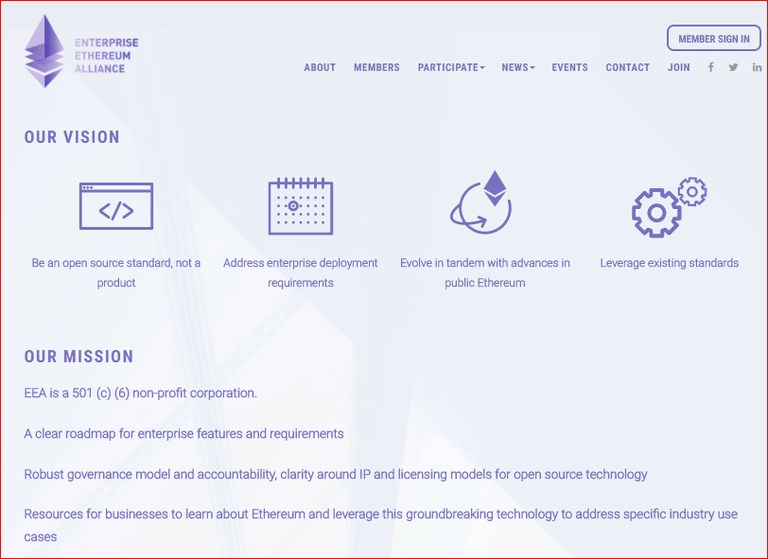
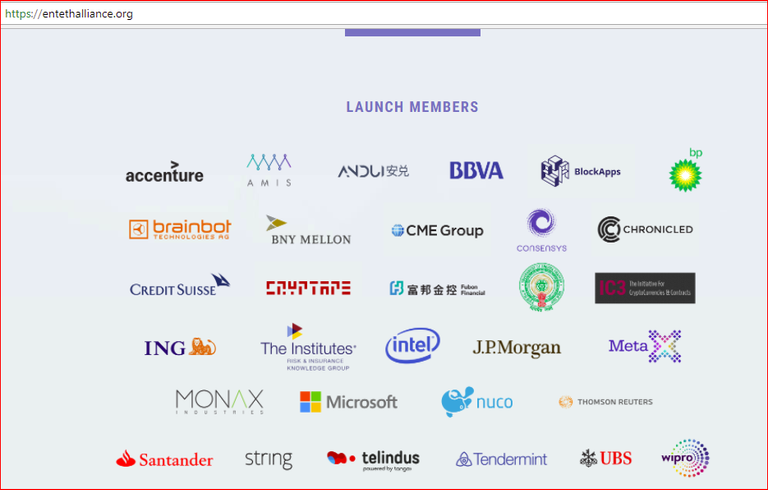
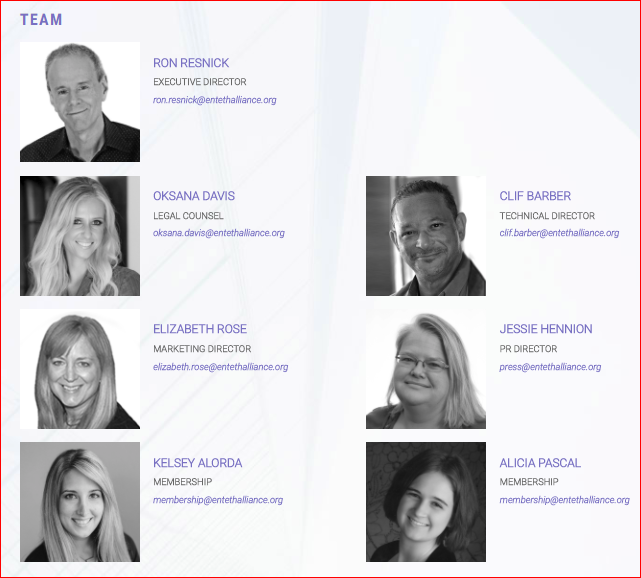
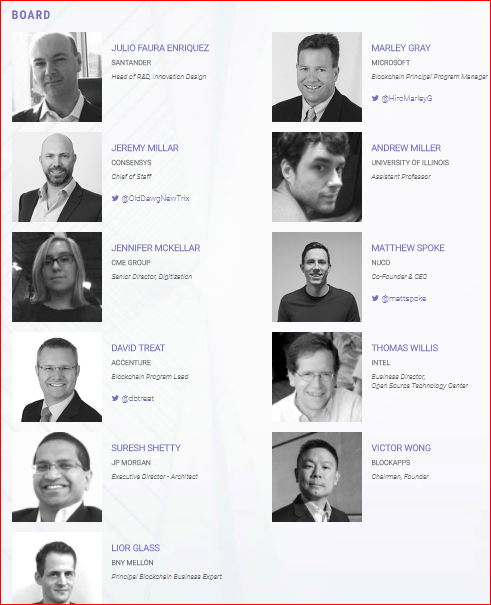
All the crypto experts who say Eth has had its day, lol. 2018 will be a great year for Eth, something we won’t be able to say for many cryptos
I think that ETH will have great rises but i also think that if they remain sluggish on addressing scaling issues they risk being outperformed by one of the other currencues such at Stellar or Steem
I think If Steemit can get the Smart Media Tokens released then it will lead to a exponential price hike.
I also think that news on steemit is suppressed by the current social media giants who fear its potential as a platform.
Sooner or later, but the Ethereum will bypass Bitcoin
That's a good case study, covered all the important things from it's beginning. Thank you for your effort
Thanks!
Well written..but i am a bit sceptical with this Not For Profit Organisation..if their is no profit in a project why would any investor invest..??
I like how idea meets money meets PR and there you have it - something that can change the world. ETH is a very well funded project and currently a lot of programmers are working on it to make it scalable and faster. It is believed that they have the strongest team in the cryptocurrency. Good and informative article, Thanks for sharing.
Thanks great feedback @ervinneb!
I'm so off topic on this one...
Geez, is it just me or does Vitalik have the eyes of an angel?
Peace.
Great series, all the before parts have been very useful. Covered the roadmap nicely.
I just only learned from your post the men behind the success of ETH. Vitalik is kinda genius and his participation in the creation and success of eth is great. Thank you for sharing this post. I learned a lot from you.
You're welcome! Thanks for reading my post.
wow Vitalik is only 24 that's amazing what he has achieved at such a young age
Interesting article, the origins of Ethereum remind me of a tv series called Startup (about a cryptocurrency).
With all the hype with crytpos, this one seem to have a solid grounding with big banks backing it. It is here to stay, the smart contracts are the biggest game changer in a long time, but with so many 'institutions' involved, we need to wait and see if the benefits of decentralisation reach the common citizen or it means more profit for the big fish as usual.
Thanks for the article, it would have been useful to include some links to the references (people/projects), but it is a good summary and I get the picture.
Regards
Coins mentioned in post: